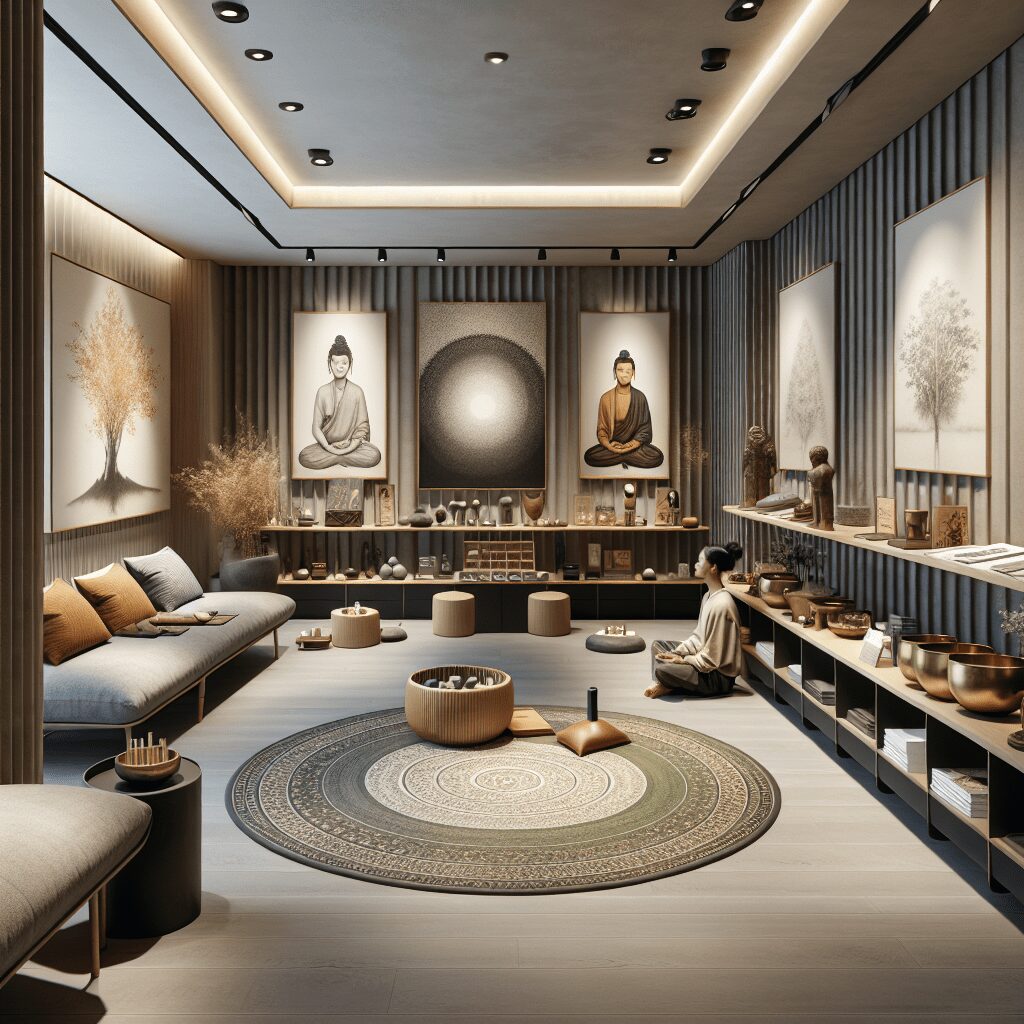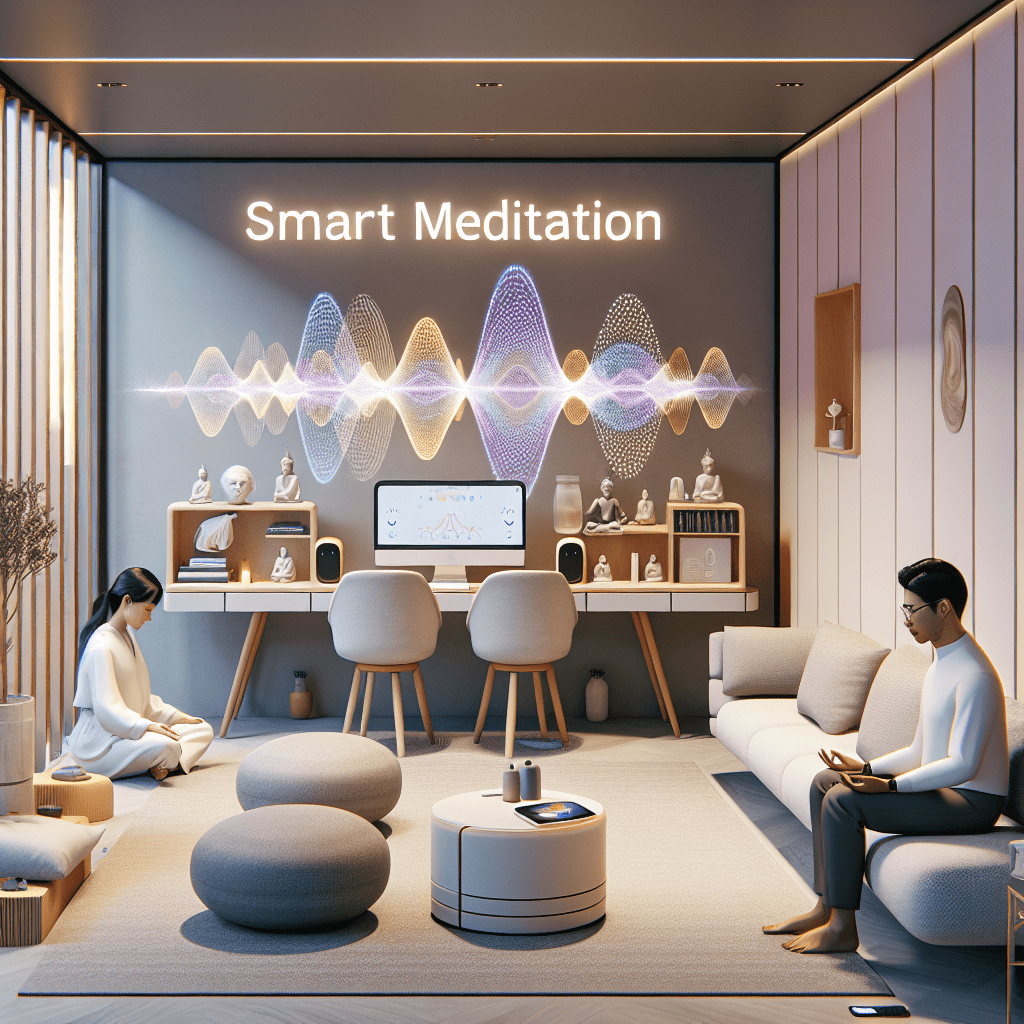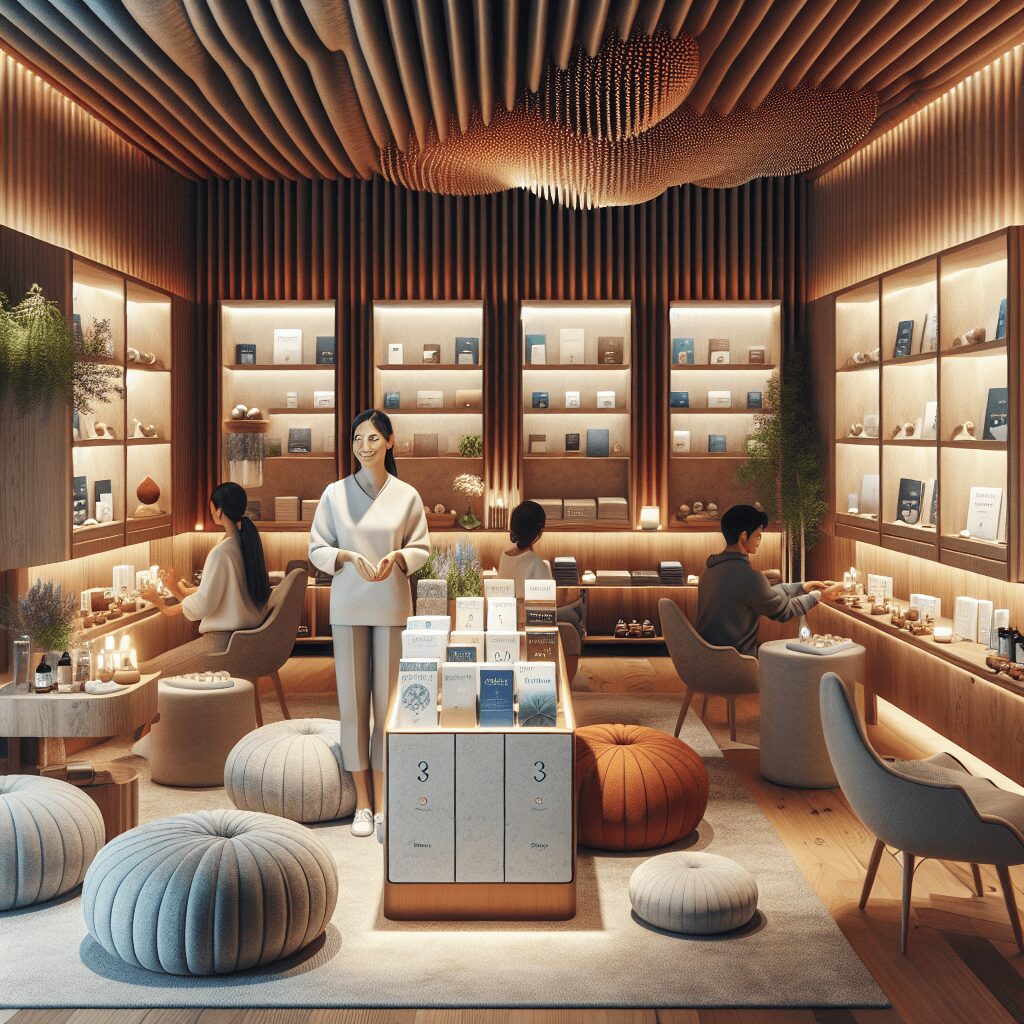
Prioritize your mental well-being daily. Enhance your life by nurturing your mental health with the Smart Meditation app. Break free from stress, alleviate anxiety, and enhance your sleep quality starting today.
Can Lights And.shapes Cause Anxiety Attack?
Unraveling the Link between Lights and Shapes and Anxiety Attacks
In the labyrinth of mental health, anxiety attacks stand as formidable foes, casting long shadows over individuals’ lives. But, did you know that something as seemingly innocuous as lights and shapes can trigger these overwhelming sensations of dread? Let’s deep dive into this phenomenon and understand how these visual stimuli flip the switch.
The Science Behind the Scenes
At first glance, blaming a few flickering lights or geometric shapes for sending someone into a tailspin might seem a bit far-fetched, right? Well, buckle up, because science has quite the tale to tell.
- Lights: Flicker with Caution
- Flickering Phenomenon: Ever been in a room where the light seemed to flicker just out of the corner of your eye? This isn’t just a recipe for a headache; it can be a fast track to an anxiety attack for some. Flickering or flashing lights can overstimulate the brain, particularly in individuals with photo-sensitive epilepsy or migraine disorders, leading to heightened anxiety.
-
Brightness and Color: High-intensity lights or rapidly changing colors can also play havoc with one’s mental peace. Bright lights, especially if they’re unexpected, can cause a startle response, escalating to anxiety for those predisposed.
-
Shapes: Not Just Child’s Play
- Complex Patterns: Ever felt uncomfortable looking at a complex geometric pattern? You’re not alone. Patterns with high visual complexity can lead to visual discomfort and, by extension, anxiety in some individuals. It’s like the brain goes into overdrive trying to decipher them, leading to an overload.
- Claustrophobic Configurations: Certain spatial arrangements or shapes that suggest confinement can trigger claustrophobia in susceptible individuals, setting the stage for an anxiety attack.
Piecing It All Together: Understanding the Connection
So, why do some folks end up feeling like they’re about to jump out of their skin simply because of specific visual stimulations? It boils down to how our brains process these stimuli. For some, the brain’s response can be exaggerated, leading to physical and emotional symptoms of anxiety.
Moreover, personal experiences and predispositions play a crucial role. For someone with a history of anxiety, these stimuli can act as reminders or triggers of past episodes, turning them into potent catalysts for new attacks.
Tips to Flip the Script
- Mind Your Lighting: Opt for warm, steady lighting in environments you can control. Dimmer switches can be a godsend for adjusting light levels to comfort.
- Decor with Care: Choose simple, soothing patterns and colors for your spaces. Less can indeed be more when it comes to fostering a calming atmosphere.
- Know Thy Triggers: Awareness is half the battle won. If certain visual stimuli consistently bother you, understanding this can help you manage or avoid these triggers effectively.
In the grand tapestry of factors contributing to anxiety attacks, lights and shapes might seem like minor threads. But for those affected, they represent a very real and tangible part of their struggle. By shedding light (pardon the pun!) on these lesser-known triggers, the hope is to illuminate paths to better management and understanding, making the world a little less bewildering for those impacted.





